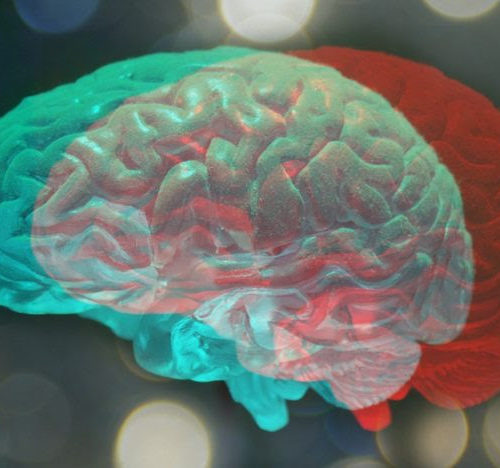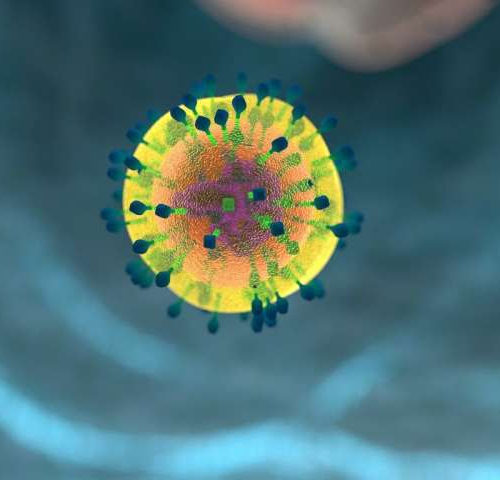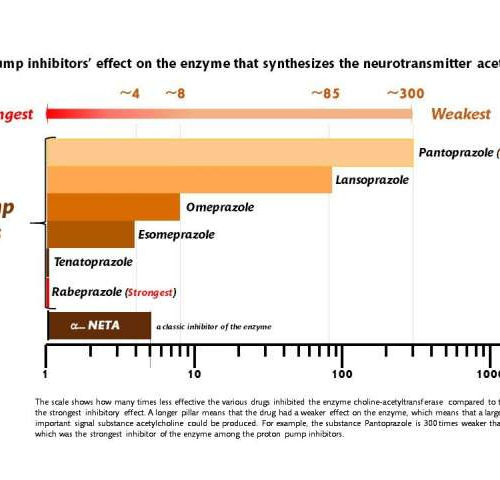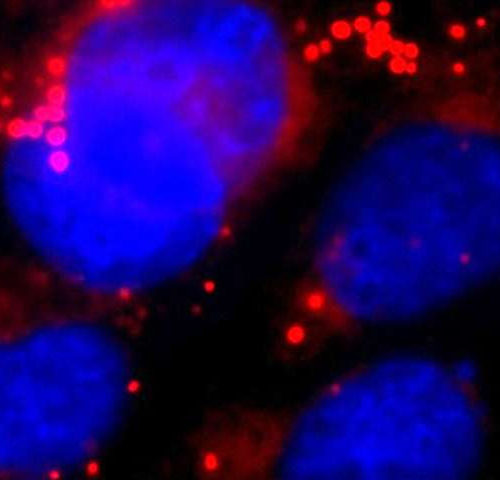Drug that reduces swelling may help protect against brain and spinal cord injury. Every year, millions of people around the world suffer brain and spinal cord injuries resulting from trauma, accidents, infections, or stroke. These injuries trigger swelling that can lead to death or long-lasting disabilities, but current treatment options are limited and can be...
Tag: <span>mechanism</span>
Study shows how memory function could be preserved after brain injury
by Iqbal Pittalwala, University of California – Riverside A study examining the effect of the immune receptor known as Toll-like Receptor 4, or TLR4, on how memory functions in both the normal and injured brain has found vastly different cellular pathways contribute to the receptor’s effects on excitability in the uninjured and injured brain. Further,...
Researchers discover key mechanism of cytokine storm in Castleman disease
by Perelman School of Medicine at the University of Pennsylvania When Castleman Disease patients have a flare of their symptoms, they experience a cytokine storm inside their bodies—a hyper-response from the immune system that can cause a fever, organ failure, and even death. Now researchers at the Perelman School of Medicine at the University of...
Newly discovered mechanism can explain increased risk of dementia
by Karolinska Institutet Millions of people around the world use proton pump inhibitors for conditions like heartburn, gastritis and stomach ulcers. Researchers at Karolinska Institutet in Sweden now report that the long-term use of these drugs could increase the risk of developing dementia. Their results are published in the journal Alzheimer’s & Dementia. “We’ve been...
Protein shredder regulates fat metabolism in the brain
by University of Bonn A protein shredder that occurs in cell membranes of brain cells apparently also indirectly regulates the fat metabolism. This is shown by a recent study by the University of Bonn. The shredder, known as gamma-secretase, is considered a possible target for drugs against cancer and Alzheimer’s disease. However, the results suggest...
Researchers identify key mechanisms involved in pulmonary fibrosis development
by Charité – Universitätsmedizin Berlin CT images and tissue sections show how healthy, air-filled tissue is replaced by thickened, stiff connective tissue. Credit: Leitz/Charité Working alongside research groups from Heidelberg, researchers from Charité – Universitätsmedizin Berlin have elucidated the novel disease processes involved in the development of pulmonary fibrosis. They were able to show that...
A cellular mechanism protecting against cancer
Susanne Hellmuth and Olaf Stemmann from the Chair of Genetics at the University of Bayreuth have discovered a natural protective mechanism that leads to the programmed death of potentially diseased cells. It protects from cancer that can develop as a result of irregular distribution of genetic information to daughter cells. The enzyme separase plays a...
Penn discovers new, rare mechanism for ALL to relapse after CAR T cell therapy
A single leukemia cell, unknowingly engineered with the leukemia-targeting chimeric antigen receptor (CAR) lentivirus and infused back into a patient, was able to reproduce and cause a deadly recurrence of B-cell acute lymphoblastic leukemia (ALL). Newresearch from the Abramson Cancer Center of the University of Pennsylvania found that in one patient, the CAR lentivirus that would usually enter a T cell to teach...






